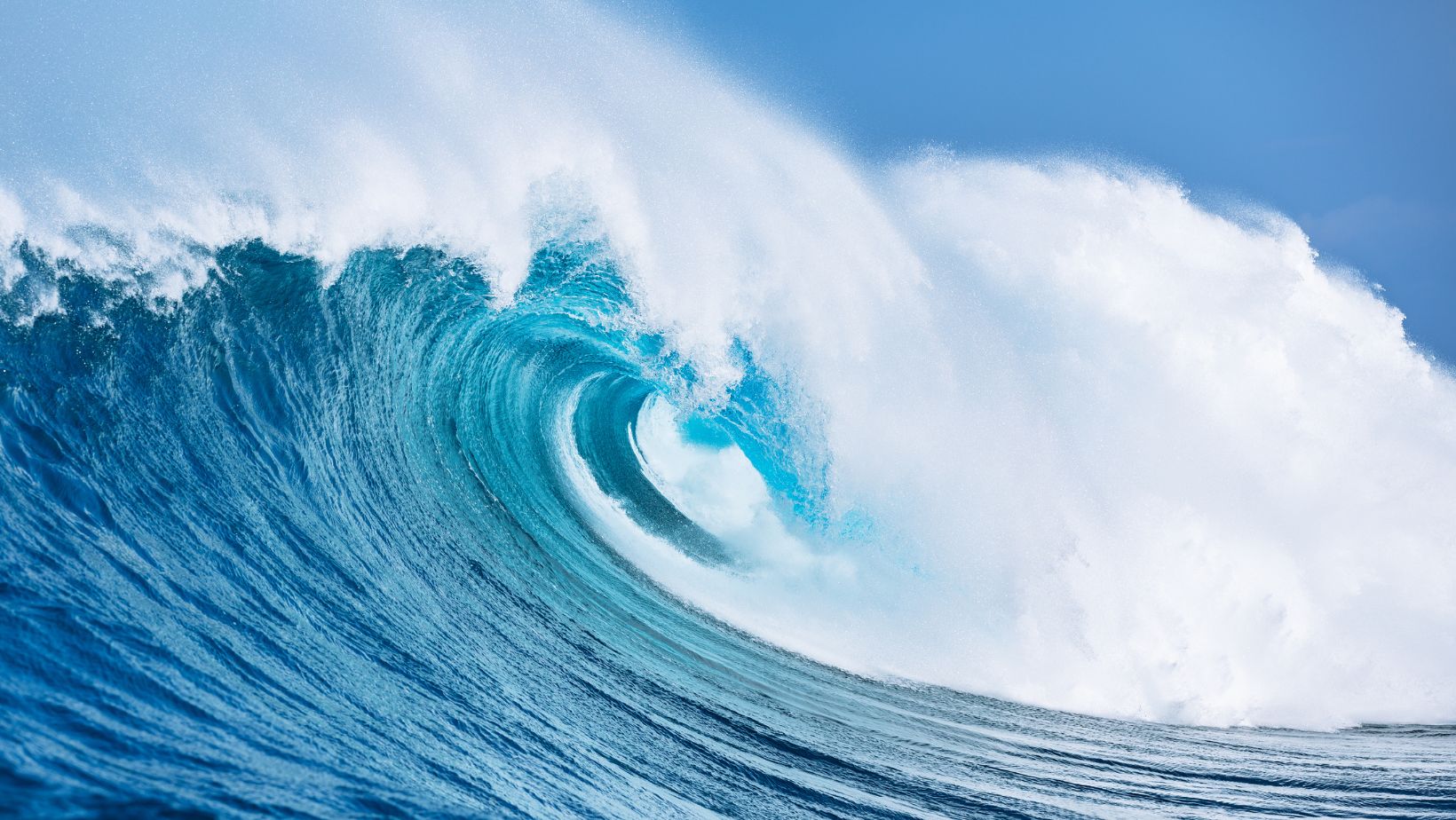When it comes to understanding the connection between waves and shifting shorelines, it’s important to grasp the fundamental concept of wave energy. Waves are not just gentle ripples on the surface of the ocean; they are powerful forces that can reshape the land. As waves approach the shore, their energy is transformed into erosive power, gradually wearing away at the coastline. This erosion is a natural process that is constantly shaping and molding our coastlines, creating new landforms and altering familiar landscapes.
The interaction between waves and shifting shorelines has significant implications for coastal communities. With rising sea levels and increased storm activity, understanding how waves contribute to shoreline changes is crucial for coastal planning and management. By studying the patterns and processes of wave-driven erosion and deposition, scientists and engineers can develop strategies to mitigate the impacts of coastal erosion and protect vulnerable areas. In the following sections, I’ll explore some of the key mechanisms through which waves influence shifting shorelines and discuss the importance of proactive coastal management strategies.
What are Waves and Shifting Shorelines?
As an experienced blogger, I understand the importance of waves in shaping and shifting shorelines. Waves are the result of wind blowing across the surface of the water, creating energy that travels through the ocean. These powerful forces of nature have a significant impact on coastlines, constantly shaping and changing them over time.
When waves reach the shoreline, they interact with the land in two main ways: erosion and deposition. Erosion occurs when waves remove sediment from the shoreline, gradually wearing away at the land. This can happen through processes such as hydraulic action, where the force of the wave breaks rock particles loose, or abrasion, where sediment is carried by the wave and scrapes against the shoreline.
Scientists and engineers study these wave-driven processes to develop strategies for protecting vulnerable coastal areas and mitigating the impacts of erosion. This can involve measures such as building seawalls, creating artificial reefs, or implementing beach nourishment projects. By comprehending the complex relationship between waves and shifting shorelines, we can adapt and protect our coasts for the future.
Waves play a fundamental role in shaping and shifting shorelines. Their constant interaction with the land through erosion and deposition processes creates and molds coastlines around the world. By studying and understanding these processes, we can develop effective strategies to manage and protect our coastal environments.

How Are Waves Related To Shifting Shorelines?
As an expert in coastal processes, I understand the crucial role that waves play in shaping and shifting shorelines. Waves are not just a visual spectacle; they are powerful forces of nature that have a direct impact on the land they interact with. In this section, I will discuss how waves are related to shifting shorelines and the processes through which they shape coastal areas.
Wave Erosion One of the primary ways waves impact shorelines is through erosion. When waves crash into the land, they exert a tremendous amount of force that can wear away the coastline. This erosion is particularly prominent in areas with softer, less resistant rocks or sediments. Over time, constant wave action can erode cliffs, carve out sea caves, and form dramatic rock arches.
Wave Deposition While waves can erode the shoreline, they are also responsible for depositing sediment along the coast. As waves approach the shore, their energy decreases, causing them to drop sediment they have transported. This deposition process contributes to the formation of beaches, dunes, and spits. These coastal features not only provide crucial habitats for wildlife but also act as natural barriers, protecting the land behind them from the force of the waves.
Longshore Drift Another important way waves contribute to the shifting of shorelines is through a process called longshore drift. Waves approach the coast at an angle due to the direction of the prevailing wind. As the waves break, the energy of the waves is transferred to the shoreline, causing sediment to be moved along the coast in a zigzag pattern. This movement of sediment leads to the shifting and reshaping of shorelines over time.
Coastal Planning and Management Understanding the relationship between waves and shifting shorelines is vital for coastal planning and management. With rising sea levels and increased storm activity, coastal areas are becoming more vulnerable to erosion. By studying wave-driven processes, scientists and engineers can develop strategies to protect vulnerable areas and mitigate coastal erosion. These strategies include constructing sea walls, building groynes, and replenishing beaches with sediment.
Waves have a direct impact on shifting shorelines through erosion, deposition, and longshore drift. By comprehending the complex relationship between waves and coastal processes, we can develop effective strategies to manage and protect coastal environments, ensuring a sustainable future for our shorelines.


